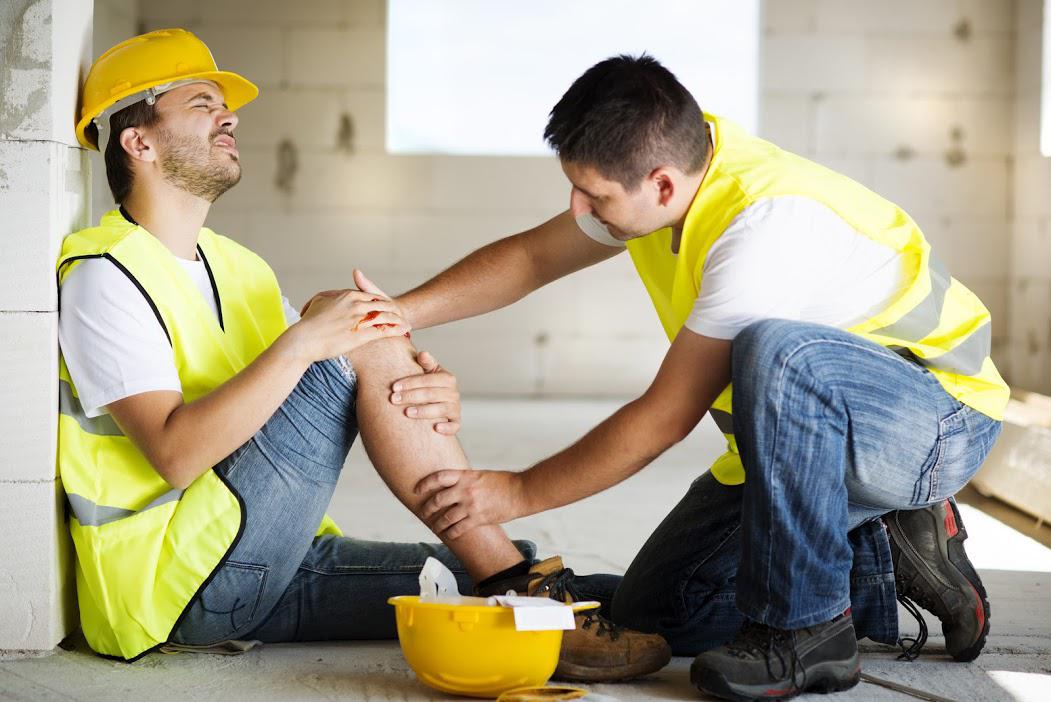BLOG
Construction Accident Liability Options | Law Offices of Burton J. Hass
- By Admin
- •
- 21 Jan, 2019
- •

Construction sites are inherently dangerous, and construction accidents usually result in serious injuries. If you are a victim of a construction accident, you have to identify the liable parties, which can be more than one, to recover your damages. Below are some of the parties who may be liable for your construction accident.
The General Contractors
Many people will argue that the buck stops with the general contractor when a construction accident occurs. Such an argument is right in many cases because the general contractor is responsible for the general safety of the construction site.
For example, the general contractor must ensure that the subcontractors and workers follow the applicable OSHA (occupational safety and Health Administration) rules. Therefore, a general contractor who fails to enforce OSHA laws is responsible for the injuries that may result from the violations of the laws.
The Subcontractors
The subcontractors, such as electrical or plumbing subcontractors, may also be responsible for construction injuries. For example, an electrical subcontractor that causes an electrical fire by use of inferior electrical cable is responsible for the damages the fire may cause. The subcontractor may shoulder the liability alone or share it with the general contractor.
For example, if a general contractor hires a subcontractor with a history of negligence or accidents, both the general contractor and the subcontractor may be liable for the accidents the subcontractor may cause. However, a subcontractor is solely responsible for their negligent actions if the general contractor couldn't have foreseen or prevented such actions.
The Property Developer
Some developers hand over the management of their construction sites to general constructors. Other developers prefer to oversee the day-to-day activities at their constructions sites. A developer who opts for the latter management style is responsible for accidents that may occur on the construction site.
Even a property developer who does not oversee the daily operations at their construction site may still be liable for injuries on the site. For example, if a developer fails to provide the constructors with the resources, materials, or information to secure the site, the developer may share liability for site accidents with the contractor.
The Equipment Manufacturers
Construction accidents are not always the fault of the parties at the construction site. Third parties, such as equipment manufacturers, may also be responsible for construction accidents. For example, a heavy equipment manufacturer who delivers defective equipment is responsible for the accidents their defective equipment might cause.
If you are the victim of such an accident, the manufacturer of the defective equipment should compensate your damages.
The Architects and Engineers
Architects and engineers who design buildings must be responsible for the accidents their defective designs might cause. For example, an architect that includes a weak pillar must pay for the damages the pillar caused if it collapses.
Note that in this case, you must prove that the contractor followed the architect's design to the letter to hold the architect liable for the damages.
The Site Visitors
Lastly, even visitors to the construction site may cause you injuries, and they must pay for the injuries if they do. Consider a case where a food supplier or vendor drives to the construction site while intoxicated. If such a driver knocks you over with their car, they are solely responsible for your damages.
As you can see, determining liability for construction accidents is complicated. At the Law Offices of Burton J. Hass, however, we have the skills and experience to help you unravel the circumstances of your construction injuries so that you can identify the liable party.
If you have suffered a construction accident, contact us to see how we can help you recover your damages.

While things like wearing a helmet, wearing protective gear, and using lights on your bicycle at night can help keep you safer when you ride, accidents are still a possibility. When they do happen, the information here will help you know better what to do to protect yourself physically and financially.








